In todays post some images I shot with our model Claudia testing out the new Rogue snoot on Nissin speedlights.
On these images I used the Rogue snoot bare, so without the diffusion panel in the gel holder.
When you use the snoot on a speedlight you actually have 8 different ways to use the snoot.
The first 4 are of course the different settings for the size of the area covered with the snoot, but the other 4 are actually when you don’t use the diffusion material in the gel holder. With speedlights you “need” the diffusion material to create a round bundle of light, but when you take it off you actually see the rectangular size of the strobe, which gives some interesting effects 😀

In this image I’m using just the snoot. As you can see the model really jumps out, but the shadows are really dark and hardly any detail is visible. So for the next image I’m using a second strobe with the omnidirectional dome from the magnetic system and a blue gel to open up the shadows. This is super easy to do. Just make sure the dome is placed somewhere in the line of the main light source and meter it a few stops below the main light source. Or use the flash exposure compensation when you really dare to shoot ETTL in these setups 😀
It’s actually placed just outside the frame and thanks to the dome you can light both the front of the model, the background and get a nice lens flare. The dome is without a doubt one of my favourite modifiers for the speedlight when using creative lighting setups (or for beauty portraits).
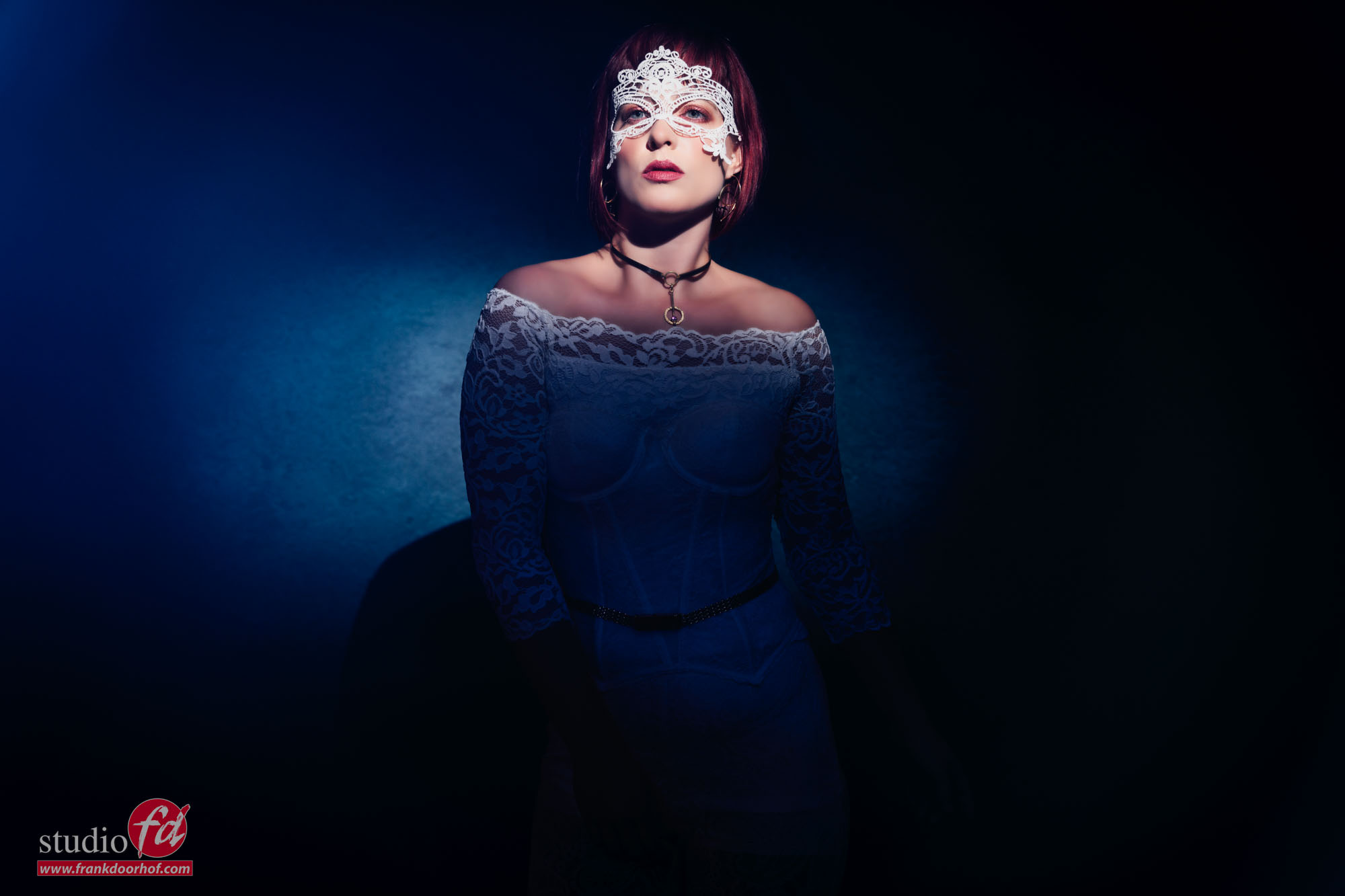
Now of course we would like a bit more lens flare.
Here I moved the position and aimed it slightly more forward.
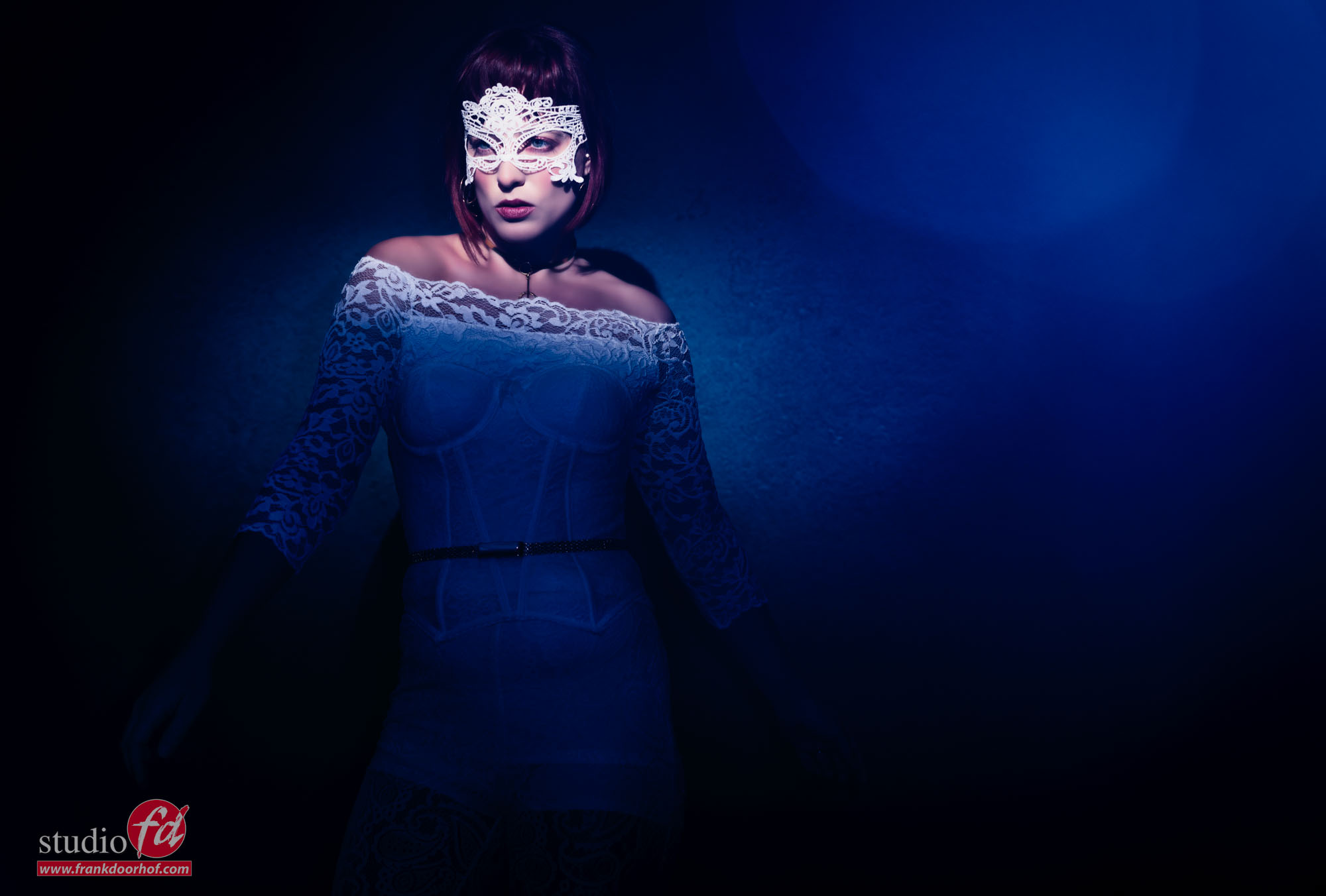
After this it was just a matter of walking around the model to get some stunning effects.

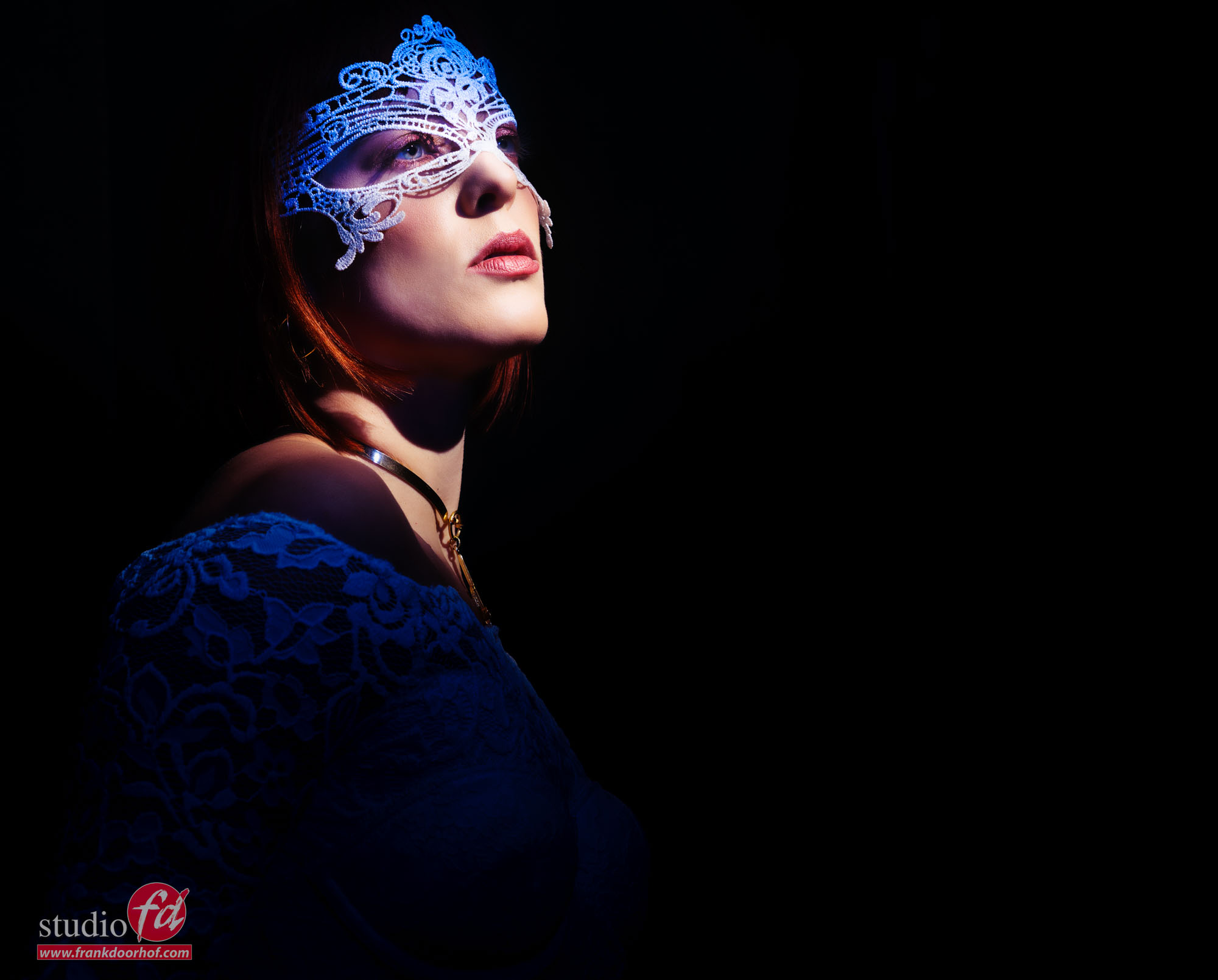
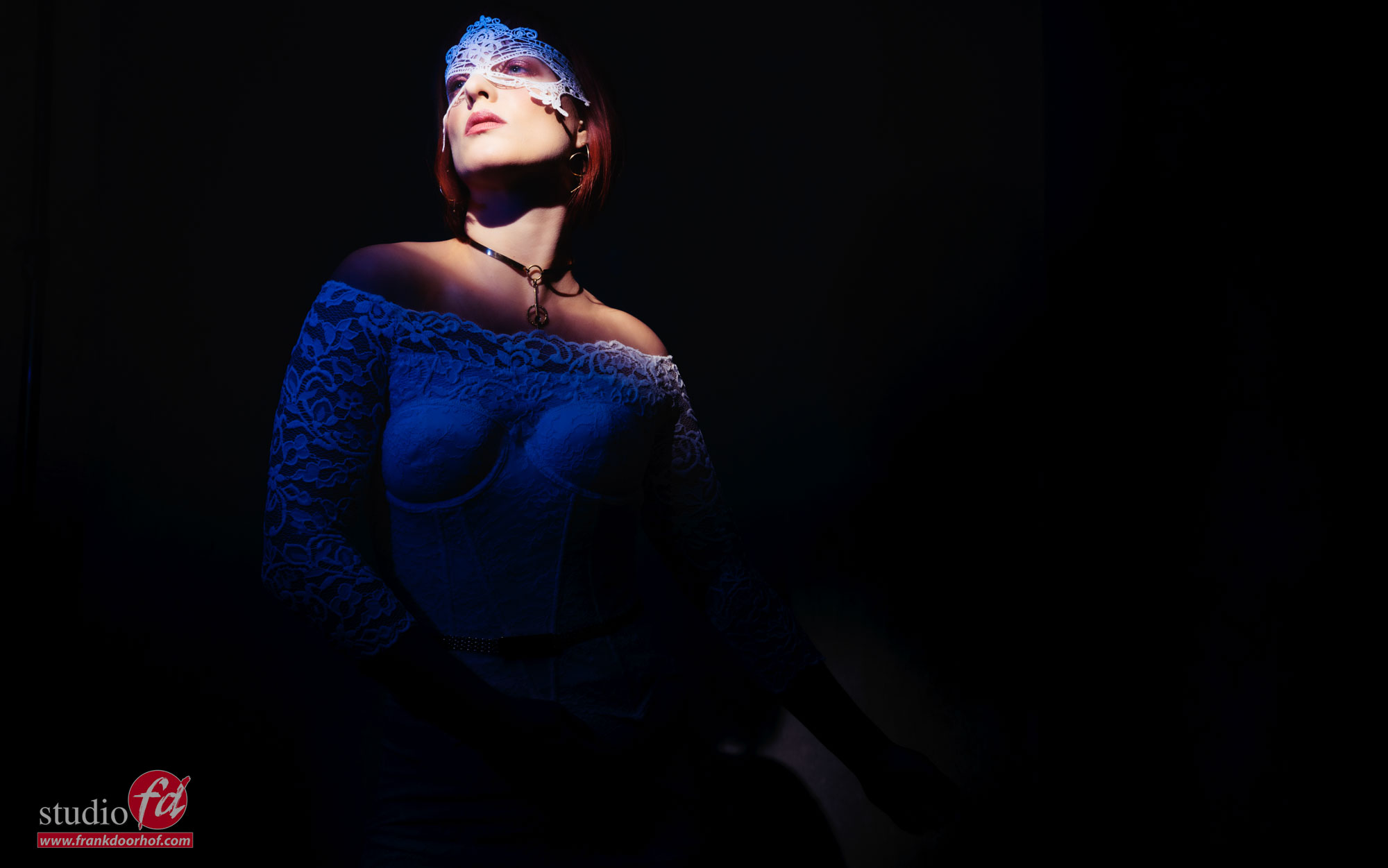
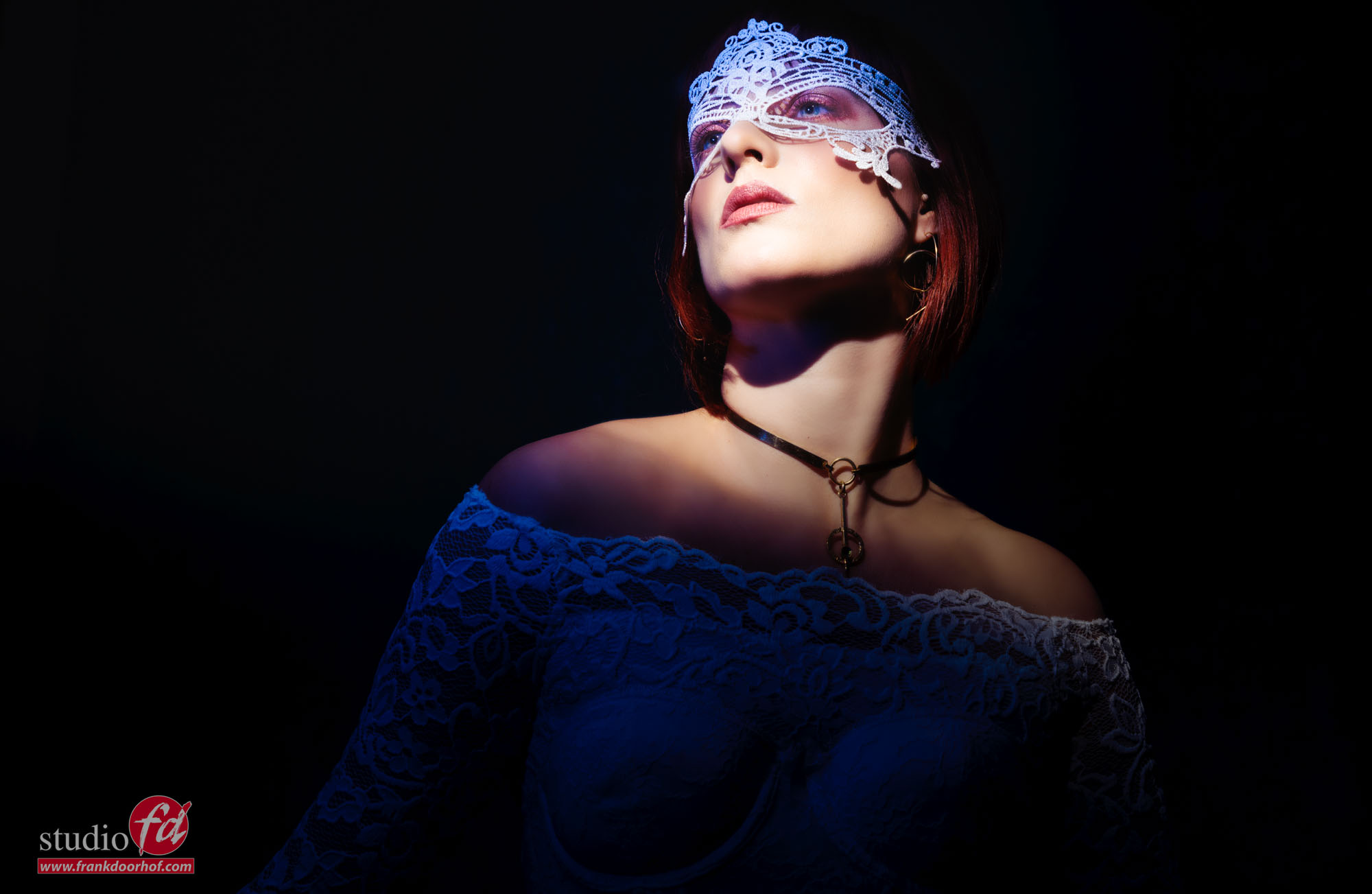
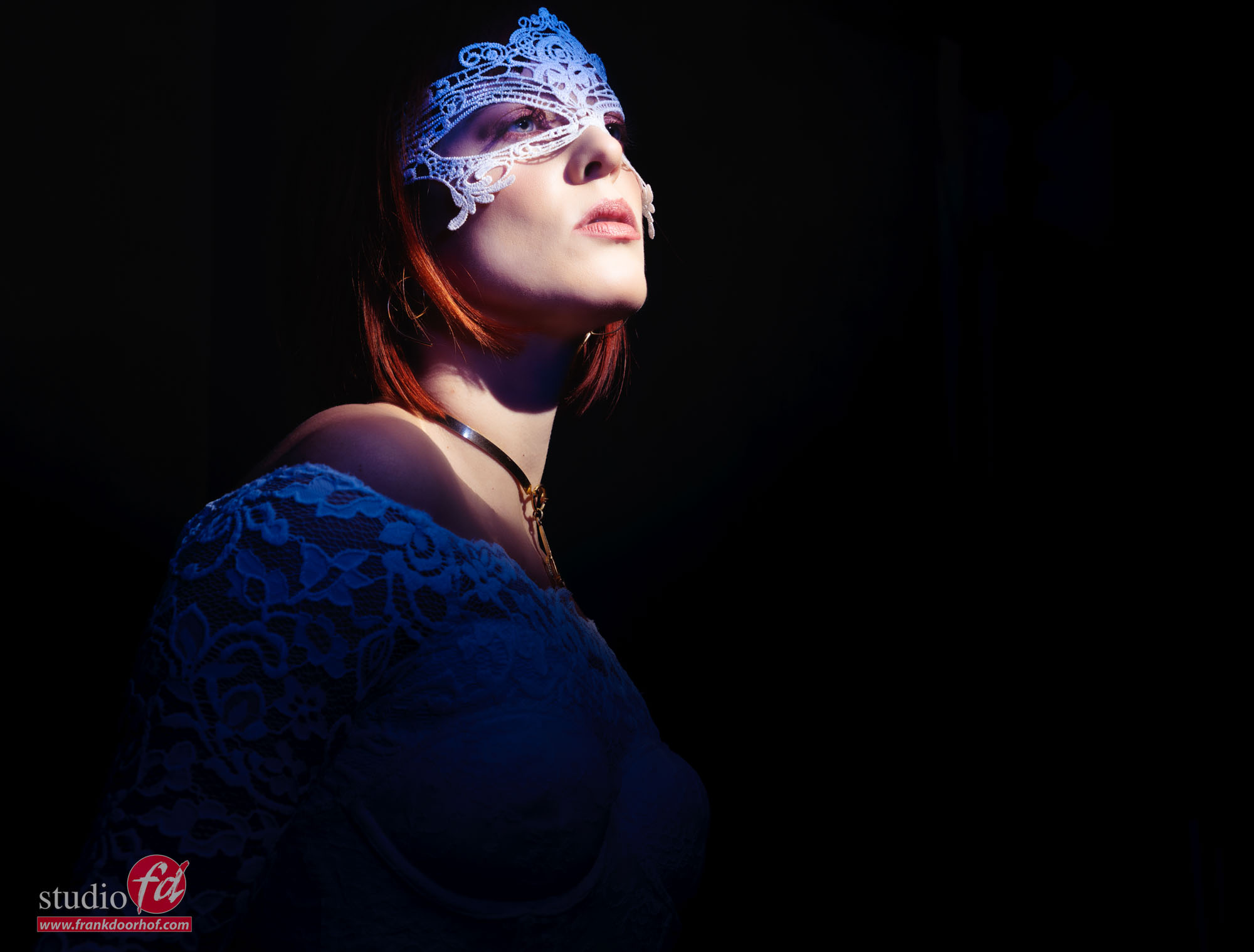
I’m always amazed by how easy it is to use speedlights in these kind of more creative setups.
With our Hensel studio strobes it’s all expected to work easily, but thanks to the right light shapers it’s now possible to really create what you want without any limitations.
The Rogue products can be bought via www.frankdoorhof.com/shop or in your favourite camera store selling Rogue.
Like this:
Like Loading...









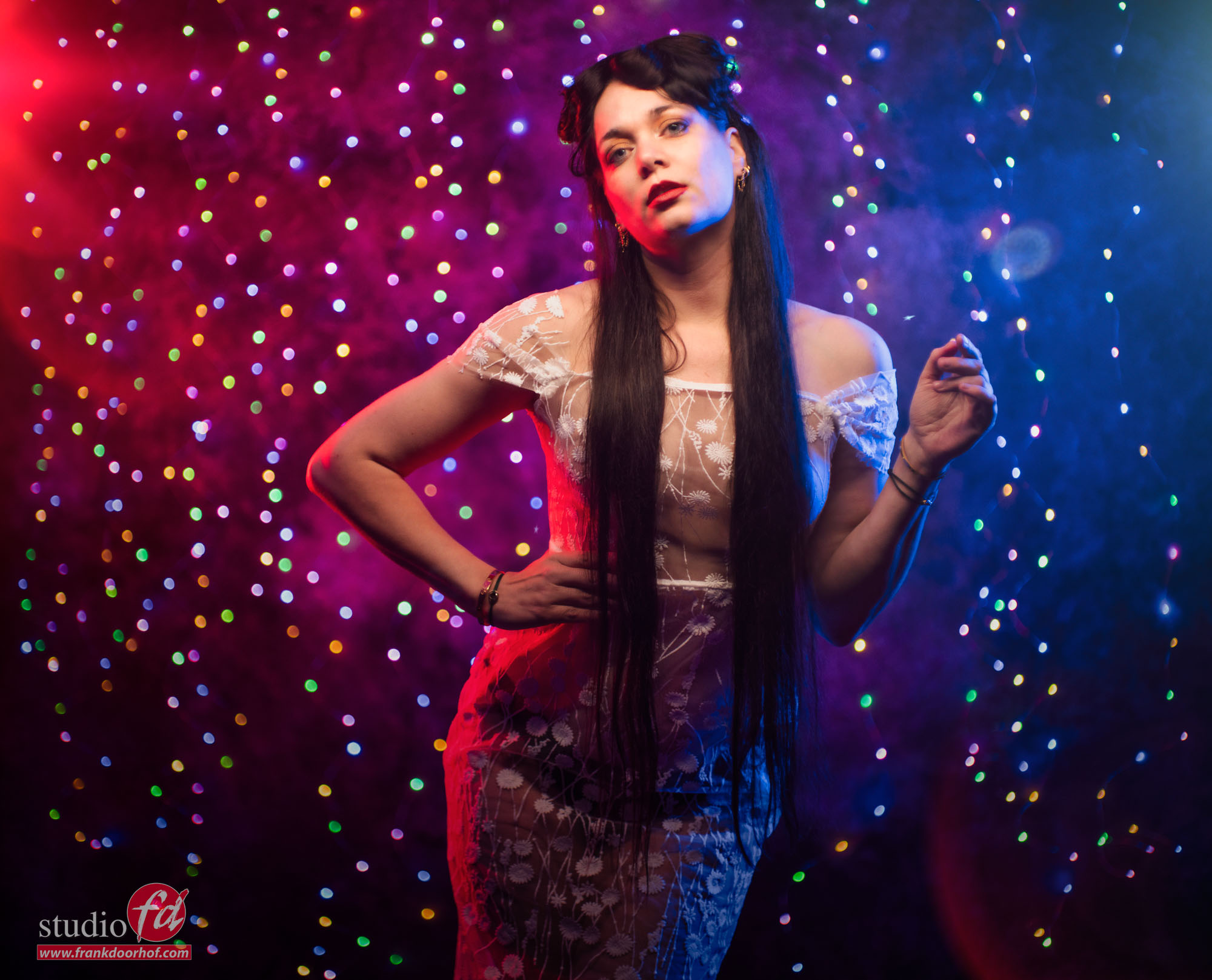
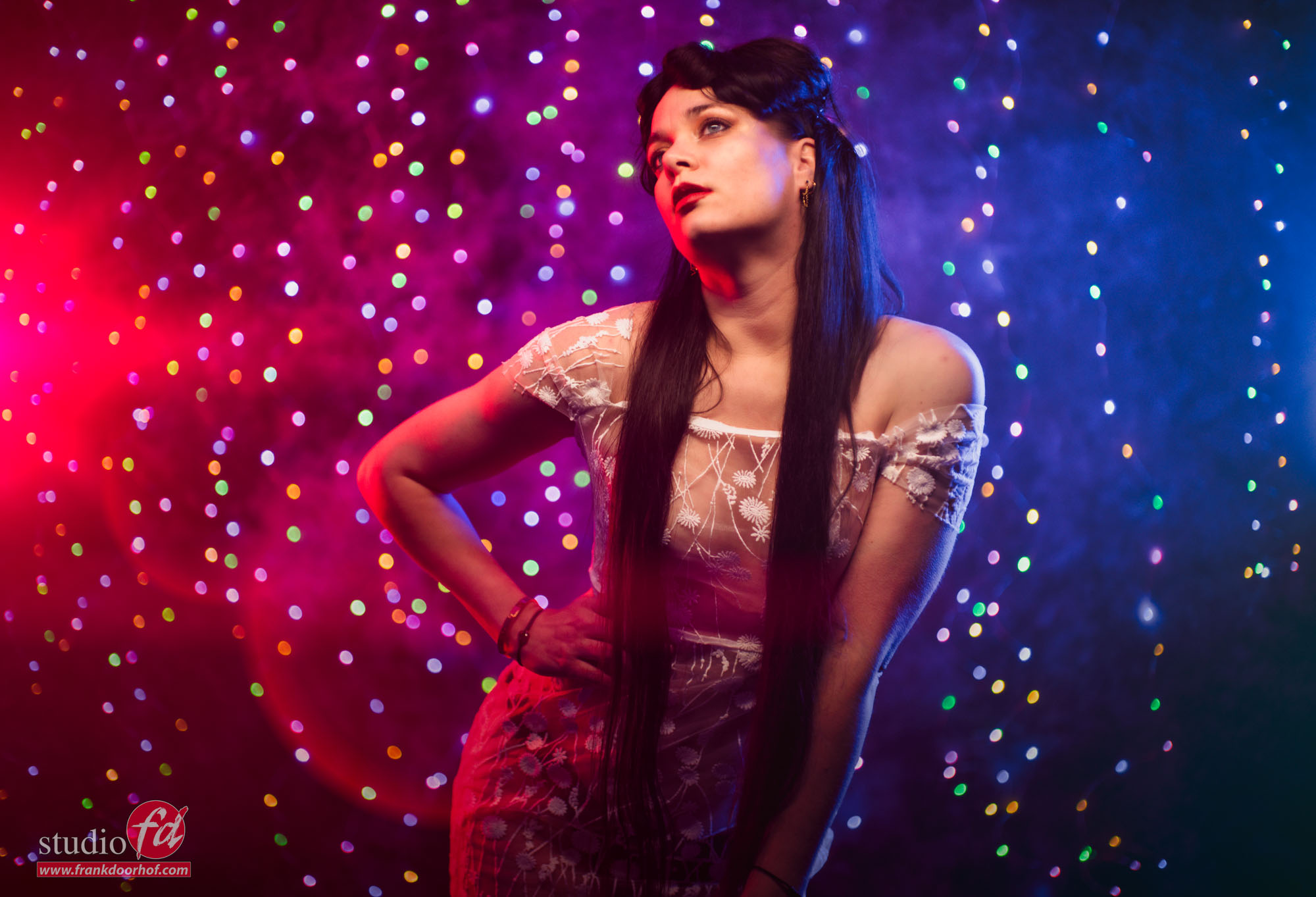
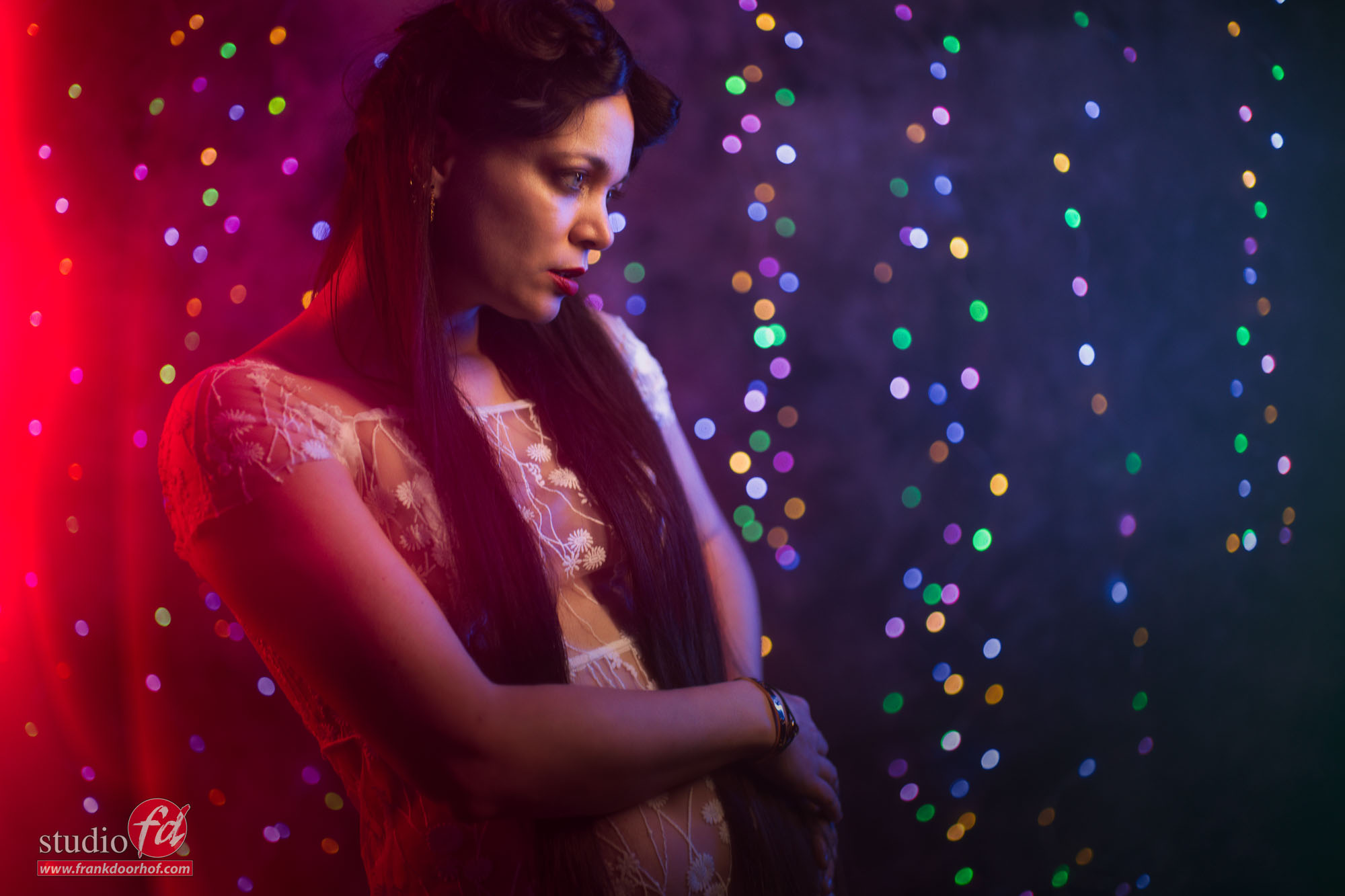
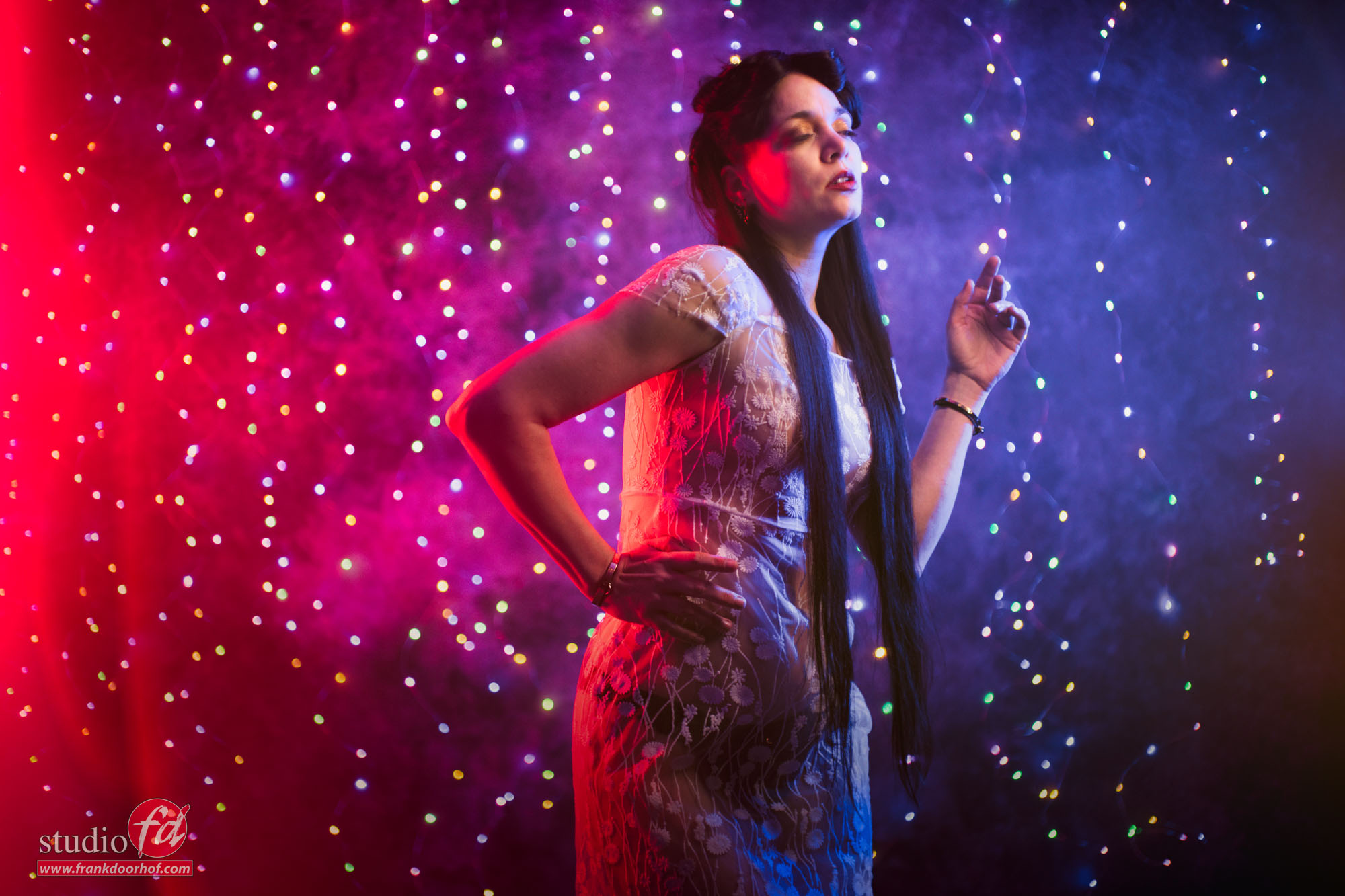
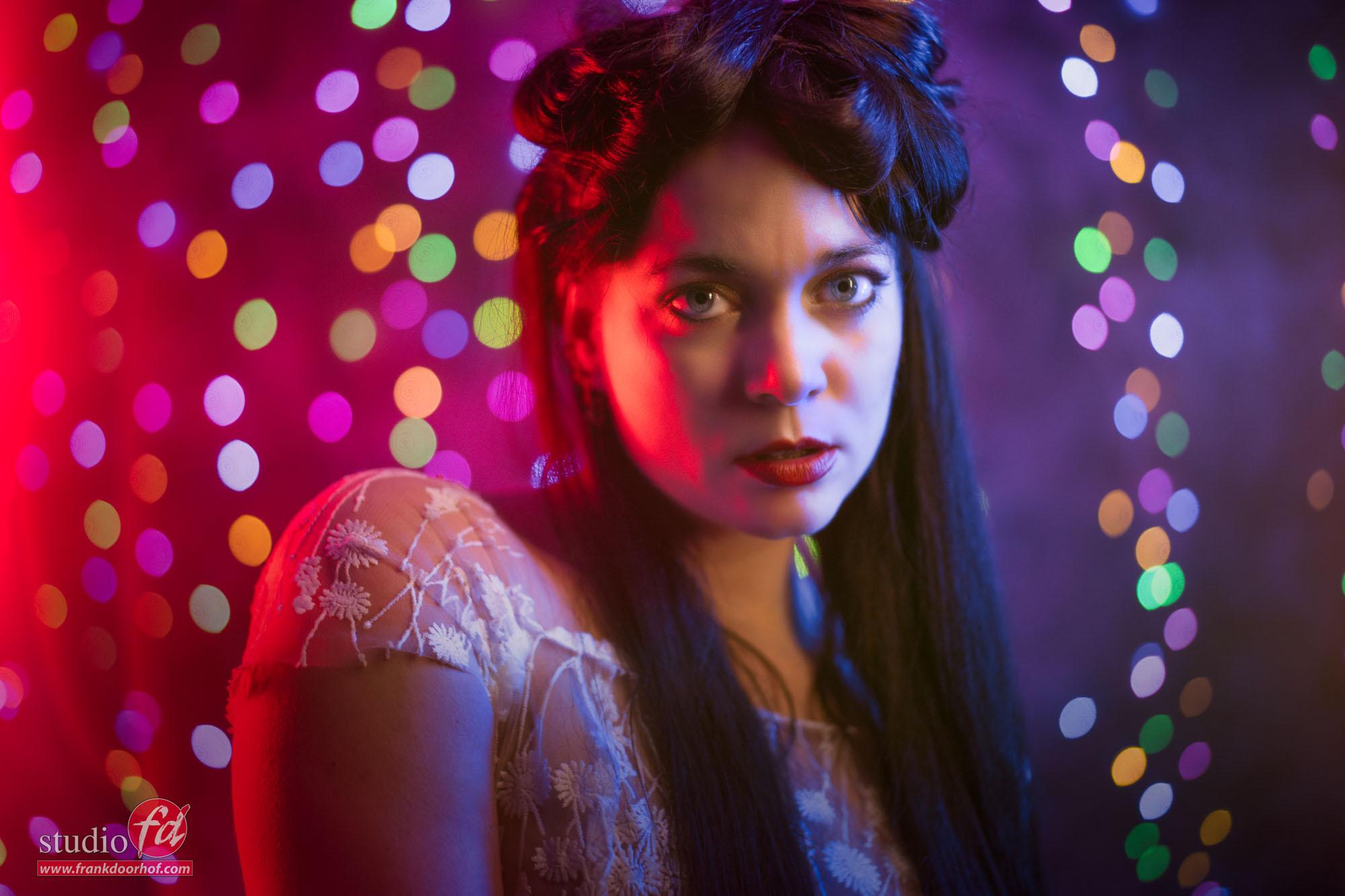

You must be logged in to post a comment.